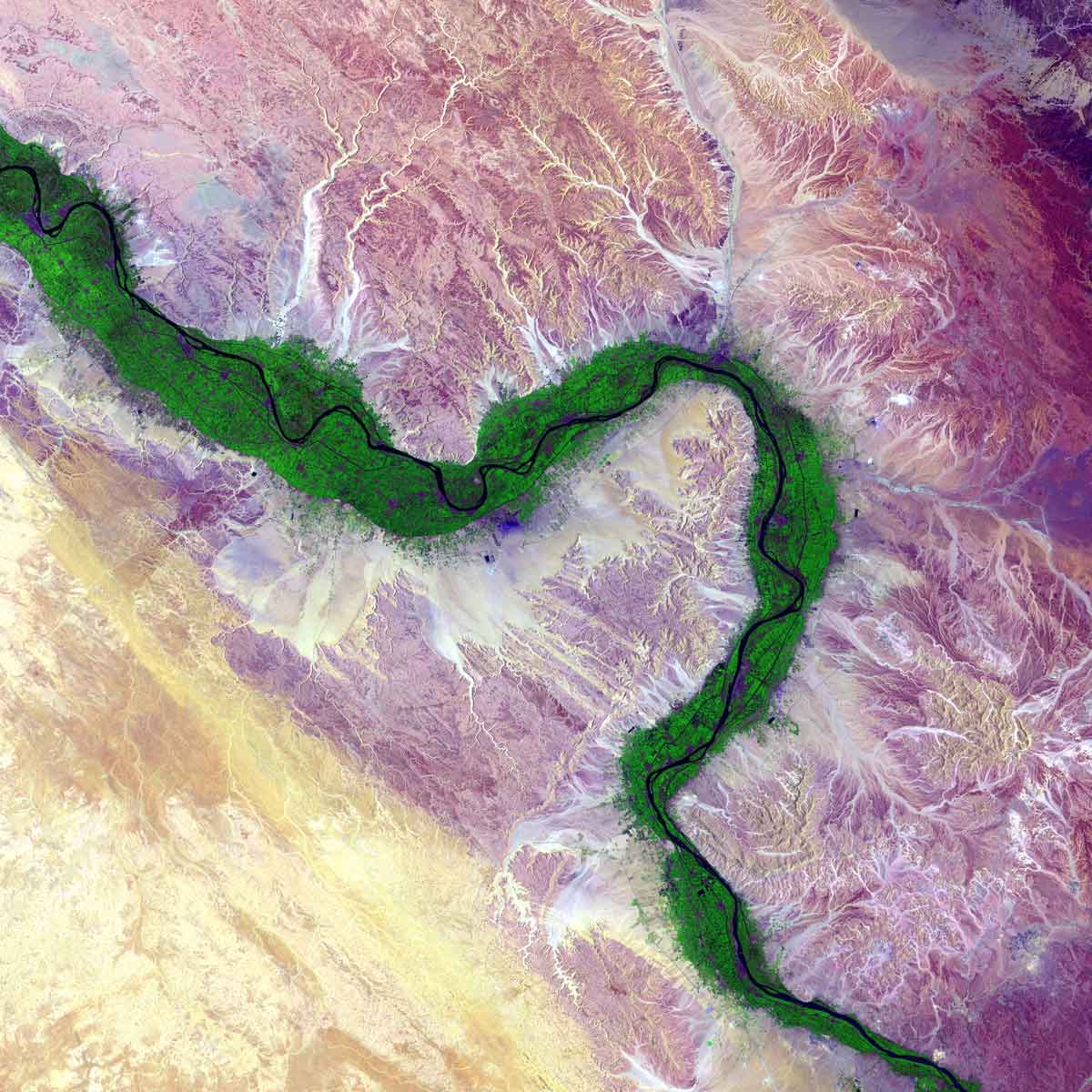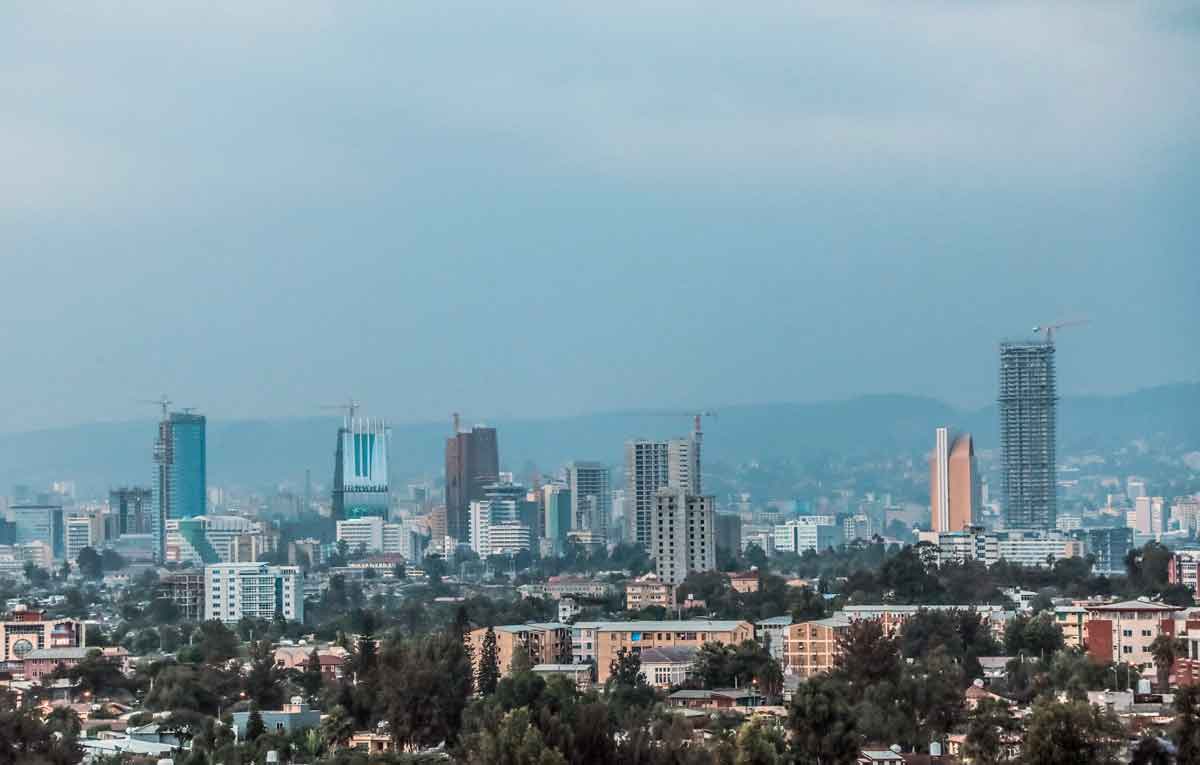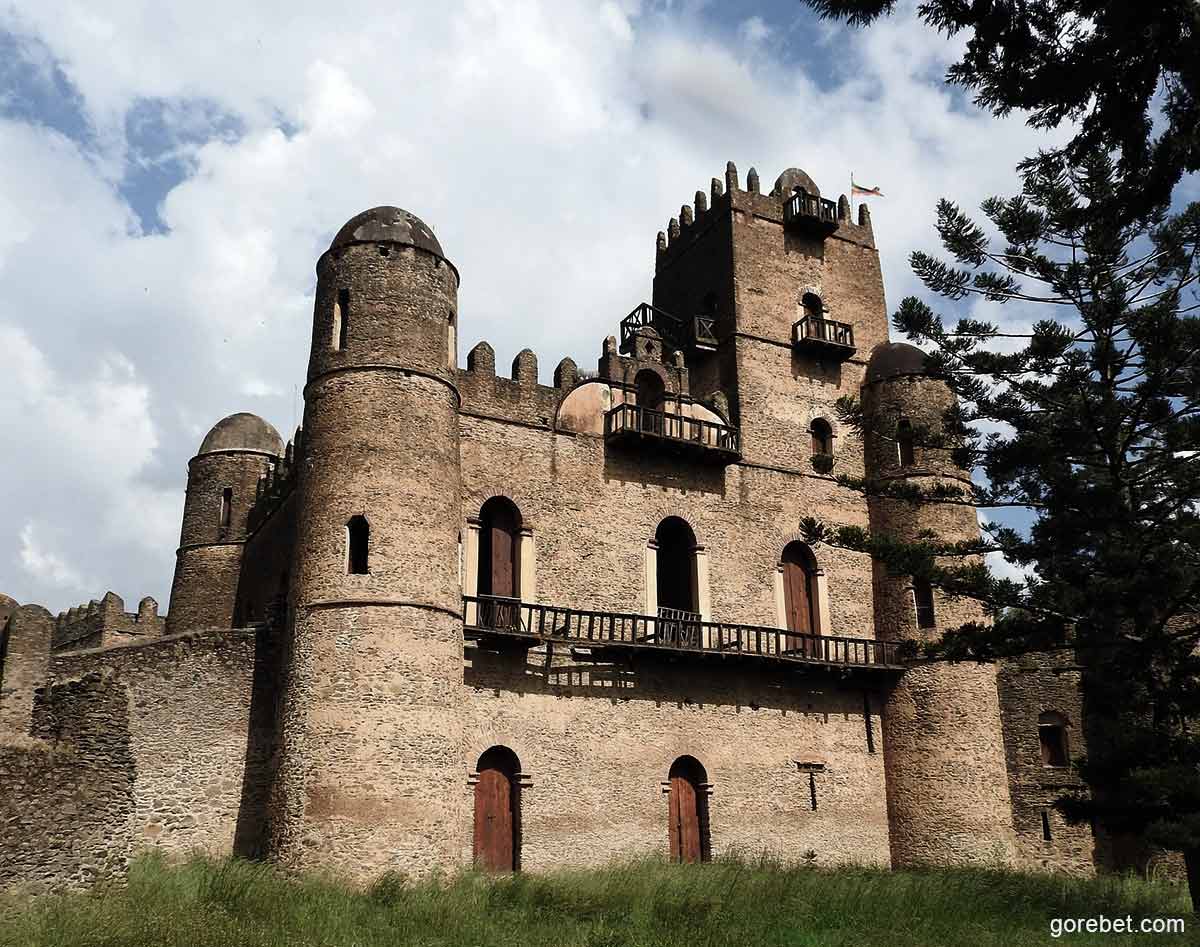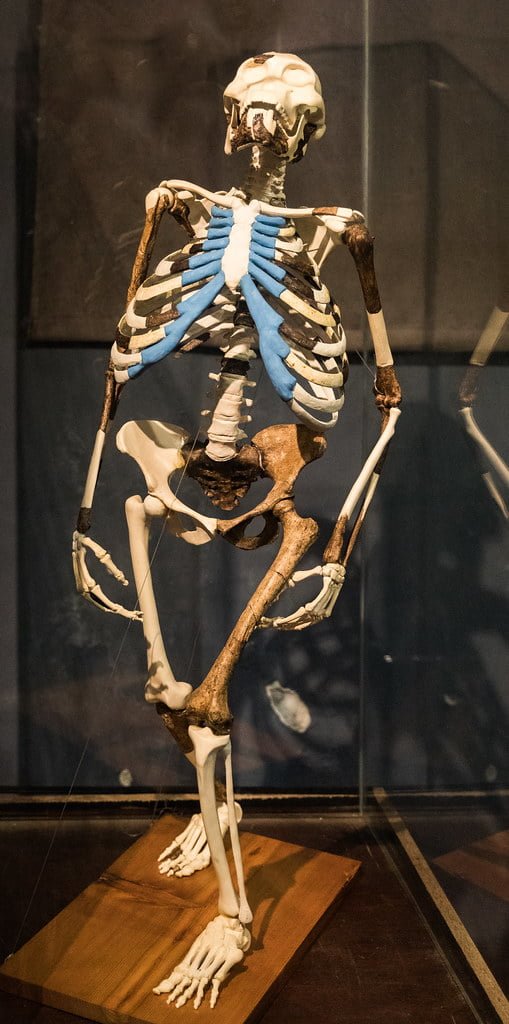The Blue Nile in Ethiopia

The Blue Nile in Ethiopia has been recent news when Ethiopia began its dam to use the Blue Niles water. This has not been good news for Egypt that uses the river as a primary source of irrigation for its agriculture.
The Blue Nile (the Blue Nile in Ethiopia), regionally known as Abbay, is the main feeder of the magnificent Nile River – the largest river in the world. The Blue Nile in Ethiopia River originates from Ethiopia’s Lake Tana and blends with the shorter feeder White Nile at Khartoum Sudan to create the Nile River and it flows in Egypt.
It is commonly thought that the first foreigner to have noticed the source of Blue Nile in Ethiopia was Pedro Paez, a Spanish Jesuit who went to the region in the early 1600s; however, John Bermudez contributed the first information of the Tis Issat Falls in his biographies.
Here we explore what is the Blue Nile in Ethiopia, what are the rivers that meet the Nile, the destination of the Blue Nile in Ethiopia and out of Ethiopia, and the disputes in the region.
What is the Blue Nile in Ethiopia?
The Blueniles including the Blue Nile in Ethiopia is commonly recognized to be a tiny spring at Gish Abay, located at an altitude of about 2,744 meters (9,003 ft). This river, perceived as the Gilgel Abay (Lesser Abay River), runs north into Lake Tana. Gish Abay is the common large of some sixty rivers moving toward Lake Tana.
Following the origins of the Nile were found the preponderance of researches has centered on hydrology and not on the social and spiritual characters of the river. Gish Abay has been recognized as the exit of the river Gihon streaming straight from Paradise joining this world with Heaven. The grace of Abay and the origin, in particular, have had and still have a vital role in the Ethiopian Orthodox Church.
The exact distance of the river is not exactly known and some scholars say the distance is between 1460 km and 1600 km. The river will merge with White Nile in Khartoum Sudan and form the Nile River together. The general basin size is about 325,000 km2. The river generally flows from the southern area of Lake Tana toward North West of the country across the western area of Ethiopia. During the rainy season, the river will be 400 meters wide.
#What is Blue Nile in Ethiopia

What Is the History of Blue Niles?
The Blue Niles has been generous to its neighboring countries since the Stone Age and also is where the Egyptian civilization started. around 3400 BC which was at the end of the recent ice age the sea level increased changing the course of the Nile flow from west to the north which was a major change of climate that led to the creation of the Saharan desert.
There was one prominent event for the people who were living around the two river valleys and it was the conquest or an invasion of the area by different groups of warriors in 1600.
#What is the history of Blue Nile in Ethiopia
Where Does the Blue Niles Start?
Blue Niles, also called ‘Tikur Abay is the major Nile River tributary next to White Nile in Sudan. The main source of the river is Gilgel Abay or Lake tana. Lake Tana is the largest lake in the country, and the second-largest in the continent next to Lake Victoria. Tana is the source and starting point of the famous Blue Niles River which goes to Khartoum on its way.
The lake is situated on the north side of Bahir Dar town. There are several streams that flow to Lake Tana and serve as a feeder for the river, but it is considered a small spring called Gish Abay (Gilgel Abay) is the sacred and initial source of the river. Gish Abay is approximately 2744-meter-high in elevation. There are also some other feeders for the river including Magech river, Gumara river, Reb river, and Kilte river.
#Where does the Blue Nile in Ethiopia start
The Nile feeders- the Blue Nile and the while Nile
The Nile possesses two main feeders – the White Nile and the Blue Niles. The White Nile is thought to be the lead water and primary water of the Nile. The Blue Nile in Ethiopia, yet, is the origin of the most maximum of the water and deposit. The White Nile remains large and spreads in the famous Lakes area of middle Africa, including the usual distant origin still undetermined but discovered in both Rwanda and Burundi. It runs north within Tanzania, Lake Victoria, South Sudan, Uganda. The Blue Niles rises in Lake Tana in the country of Ethiopia and runs toward Sudan of the southeast. These two rivers join the north side of the Sudanese famous city Khartoum.
The northern segment of the river runs north almost completely in the Sudanese desert to Egypt, then departs in a big delta and runs into the Mediterranean Sea. Egyptian culture and Sudanese nations have relied on the river since ancient times. Most of the people and towns of Egypt depend along with those pieces of the Nile canyon north of Aswan, and almost all the cultural and traditional places of Ancient Egypt are located on river edges.
#Blue Nile in Ethiopia– Nile feeders
What Is the Blue Nile For Egypt?
Blue Niles (Blue Nile in Ethiopia) plays a vital role in the livelihood of Egypt. The Blue Niles, a major tributary of the Nile, contributes a large amount of water to the Nile’s streamflow. Blue Niles is shorter than the White Nile in Sudan, but 59% of the water originates from Ethiopia and merges with the White Nile, and flows to Egypt. It is also a crucial resource for Sudan, for instance, the Roseires Dam and Sennar Dams produce 80% of the country’s power. The dams help the country to produce crops and other products by means of irrigation, the region also produces wheat and animal feed crops.

The Nile was also an essential element of ancient Egyptian religious life. Hapi was the power of the yearly floods, and both he and the pharaoh did think to manage the flooding. The Nile was thought to be a path from life to death and eternity. The east was conceived of as a region of birth and growth, and the west was supposed the point of death, as the father Ra, the Sun, experienced birth, death, and rebirth each day as he joined the sky. Thus, all graves were west of the Nile, because the Egyptians thought that to enter eternity, they had to be hidden on the side that signified death.
As the Nile was such an essential part of Egyptian life, the ancient calendar made based on the three series of the Nile. These periods, each having four months of thirty days respectively, were named Akhet, Peret, and Shemu. Akhet, which implies flood, was the season of the year when the Nile overflowed, dropping many courses of rich soil back, serving in farm growth. Peret the developing period, and Shemu, the last period was the autumn season when there were no rains.
#What is Blue Nile in Ethiopia and Nile for Egypt
Why Is the Blue Nile Called Blue?
The Blue Niles got the ‘blue’ part of its name because of its muddy color due to the huge amount of fertile soil it erodes from the Ethiopian highlands. Why they called it blue rather than the more logical color of brown, dark brown, or even black is open to speculation.
#Blue Nile in Ethiopia and the blue
The Blue Nile Falls
Another interesting feature of Blue Niles is The Blue Niles Falls, which is an attractive waterfall on the river in Ethiopia. It is also known as Tis Abay in Amharic, its corresponding meaning in English is “great smoke”. It is located on the upper course of the river, and it is 30 km far from the town of Bahir Dar and Lake Tana. The falls are estimated to have 37 to 45 meters high.
The Blue Niles Fall is the common exciting view that the whole Nile system has to give. Four hundred meters (1,312 feet) far when in overflow (which usually happens in September and October, following the wet season), and splashing above a clear gorge more than forty-five meters deep, the falls start-up a constant splash of water droplets which wet spectators up to a kilometer apart. This dark deluge, in turn, creates colors that change and shimmer over the canyon and a continuing rainforest of rich leafy plants – enough to the enjoyment of the many monkeys and multi-colored birds that occupy the canyon.
It is just a five-minute ride from the lakeside city of Bahir Dar over the Blue Niles Bridge, to the point where the great river runs out of Lake Tana. But the falls are around 40 kilometers south of the city and are best addressed from Tis-Isat village, a business town of the Amhara people who live in this city growing crops like wheat, sorghum, and teff (from which injera, bread, is made).
#Blue Nile in Ethiopia and falls
The Renaissance Dam
In April 2011 Ethiopia was able to begin a huge hydroelectric power dam on the Blue Niles River. The late prime minister of Ethiopia Meles Zenawi was the one who raises the idea and motivates the nation to contribute and support the dam financially.
The final place for the Grand Ethiopian Renaissance Dam was known by the United States Bureau of Reclamation in the way of the Blue Niles study, which was administered within 1956 and 1964 when the government of Aklilu Habtewold. The Ethiopian Government viewed the place in October 2009 and August 2010. In November 2010, a plan for the dam was proposed by James Kelston.
On 31 March 2011, a day later the design was gone public, a US$4.8 billion deal was granted without competing for the call to Salini Costruttori, and the dam’s base stone was set on 2 April 2011 by late Prime Minister Meles Zenawi. A rock-crushing factory was built, along with a little airstrip for fast shipping. The expectation was for the initial two power-generation turbines to enhance operational after 44 months of construction.
Egypt, located over 2500 kilometers downstream of the place, crosses the dam, which it thinks will decrease the volume of water accessible from the Nile. Zenawi presented, based on unnamed research, that the dam would not decrease water availability downstream and would also improve water for fertilization. In May 2011, it was declared that Ethiopia would give plans for the dam with Egypt so that the downstream influence could be reviewed.
The dam was first called “Project X”, and following its deal was declared it was named the Millennium Dam. On 15 April 2011, the Council of Ministers renamed it Grand Ethiopian Renaissance Dam. Ethiopia holds the potential for approximately 45 GW of hydropower. The dam is being supported by government certificates and private contributions.
It was slated for the finish in July 2017.
As most Ethiopian expecting the dam is said to start generating electricity in the coming months, but it seems there is an unresolved affair between Ethiopia and Egypt regarding the amount of water Ethiopia should use while generating electricity.
See detailed explanation here.
#Blue Nile in Ethiopia and the dam
The Source and Destination of Blue Niles
Blue Niles River also is known as (Tikur Abbay) is one of the four rivers that created huge empires (civilizations) and is the longest rivers in the world, which originates near Lake Tana in (Bahirdar-Ethiopia). It is very famed for the (Tis Issat) or The Blue Niles falls that contain four streams that fluctuate from time to time. With the alliance of The White Nile, it creates the River Nile. The Blue Niles alone contributes 80% of the water that flows through the Nile River.
As the name indicates Tikur Abbay is so-called because during summer season overflows are formed eroding the huge amount of fertile soil from the Ethiopians Highlands straight downstream to adjacent countries through that process the water turns dark brown almost black.
The distance from its source to its meeting point is documented in between 1460 to 1600 kilometers, this documentation varies because when you follow the river lines it passes through different gorges depth relative to the Grand Canyon and that journey is really hard to attain. Its source is said to be at Gish Abbay which is 1800 meters high in altitude. The River Flows west out of Lake Tana across Ethiopia and northwest into Sudan passing through Egypt to level up to the Mediterranean.
#Blue Nile in Ethiopia and the sources

The Blue Niles and its Offerings
The Blue Niles Basin involves many different lands and cities through its journey, which made the soil it touches rich fertile. For example, if we take Egypt, The Blue Niles built the whole country almost 90 percent of the water that flows to Egypt is provided by this river, also if we take Sudan 80% of the countries electric power is generated by the river Abbay.
The water seems to a provider but us Ethiopians aren’t using it efficiently, because when we see the statistics our country is one of the lowest energy-consuming countries in the world by that I meant only 22%of the population have access to electricity. But currently, Ethiopia is exporting electric power to the neighboring countries, which shows the political interference inside Ethiopia and its unstable issues.
At present, there is a tension between Egypt and Ethiopia Because of the Renaissance dam which Ethiopia is building.
#Blue Nile in Ethiopia and the end
What Are the Tributes to The Blue Niles?
Rahad, Dinder, Beles, Dabus, Didessa, Angar and Wajja, Gulla, Guder, Mugere, Jima, Wanchet, Qechene, Robe, Dembi, Walaqa, Bashilo, Checheho, LakeTana, Gilgel Abay, Magecha, Lesser Angereb, Reb and last but not least Gumara river. Almost All of them summed could equate to the Blue Niles together making the vast amount of the river Nile.
#Blue Nile in Ethiopia and the attributes
Is There Tourist Attraction in Blue Niles?
Tis Issat or the Blue Niles falls is one of the attractions that the Nile provides, It reaches to 400 M during/after the rainy season, falling 45m deep into the gorge. The Fall Sprinkles a constant stem of water droplets that will completely soak viewers from a kilometer away. This water on the air creates a rainbow giving the place (peace and serenity). It is located near Bahirdar across the bridge of the Abbay to where the river leaves Tana. I have never been to the Tis Issat in my entire life but been hearing its fame since I can remember, our community reminiscing from this gift of the land through history and culture.
- Discover the Top Ethiopia Cities and Tips How to Visit on Budget
- Ethiopia Facts that you need before visiting Ethiopia
#Blue Nile in Ethiopia and the tourists
Blue Niles and Major Rivers
The Nile River has many characters that can be distinguished from the rest but still there some similarities with some of them. It is said to be that Tikur Abbay is most similar to the Indus River which is located in India. They both served for the rise of the earlier civilizations but The Indus river was more about expanding trade and gaining economic power, While the Nile river is all about giving life and conservations i.e. (irrigations and farming) was its major role.
#Blue Nile in Ethiopia and the rivers
Finally, on Blue Nile in Ethiopia
The Blue Niles River is the largest in the world reaching up to 1600km; it is located in the highlands of Ethiopia originating from Lake Tana. The river flow southwest out of tana changing course to North West out of Ethiopia into the deadly valley of Sudan; while later on joining the White Nile and other tributes to form the river, Nile. This river has been giving gifts to the neighboring countries providing fresh fertile water that gave life to the deserted Egypt, which is recently becoming a huge issue between those countries whether who’s the rightful user of the river, could escalate into urging war.
The Blue Niles river (the Blue Nile in Ethiopia) will keep on providing our rich and freshwater until some kind of geographical movement like the recent ice age that could redirect the flow back to Ethiopia or we need to fight for what’s ours and we need to give tremendous value to our selves to our community and our country and make the best of the Niles never-ending gift.



1 Comment